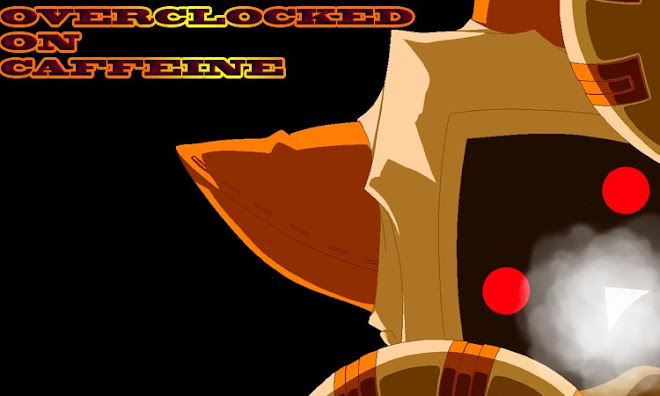
It is the year 1979. Star Wars is already well on the way to becoming an unstoppable cultural juggernaut. Buck Rogers is having shiny spacesuited adventures in the discos of the 25th century. Star Trek is slowly but surely making a comeback, reminding us all that peace, tolerance and Orion Love Slaves are the keys to making the galaxy just that little bit better. Space and the future is, in every way, a bright and happy place to be.
Alien changed all that.
We all know the story by now. In an unspecified future, a crew of glorified space truckers on the return trip to earth are awoken from suspension by a signal coming from a nearby planet. Investigating, they encounter a colossal derelict spaceship of unknown origin that seems to have been there forever. As they enter the ship, one of the crew disturbs an egg pod and winds up with an alien parasite attached to his face.
Hilarity does not ensue.
It's interesting to note that, before Alien, there weren't many horror movies set in space. Sure there were plenty of films in the 50s that used aliens as their star monsters, but very few that were actually set out in the black, and even fewer that stand up today as solid films in their own right. But 30 years on, Alien is still as effective in its shocks as it ever was. The duct hunt is tense, the scene with Harry Dean Stanton searching for the cat is played wonderfully, set to the sound of falling water and chains, and the famous chestburster scene still retains its impact, even after a million billion parodies of the scene.
The future in this universe is a worn down one. While the Millennium Falcon had a warm, almost friendly decrepitude to it, there's no way you could describe the Nostromo as 'homely'. With its cold interiors and identical corridors, it's almost a forerunner to the cyberpunk movement that would come in the following years. The Nostromo is a corporate vessel through and through, and it's a nice touch that it almost subliminally reinforces the idea that no matter what, this is an unfriendly place to be.
And, of course, how could we forget the real star: over six feet of relentless death and merciless instinct. I am, of course, talking about
The Director's Cut doesn't add or alter as much, compared to the DCs of the other movies in the series. There's a few extended scenes, a couple added, but more interesting is that some scenes have actually been trimmed or outright deleted. Granted, most of these are just people walking around, staring intently at things, that kind of nonsense. It's a shame that the DC doesn't add as much as I'd like, but maybe it's a testament of sorts to the movie that it doesn't really need it. Everything's already there to begin with, padding it out any further is superfluous.
Alien is a classic, not just of the genre, but full stop. While the series would eventually take a slightly different turn into outright action over the years, the slow-burning tension is, without a doubt, the perfect introduction to the series, and as it stands alone, one of the best horror/thrillers ever made.
Next Time: That One Film Everyone Knows




No comments:
Post a Comment